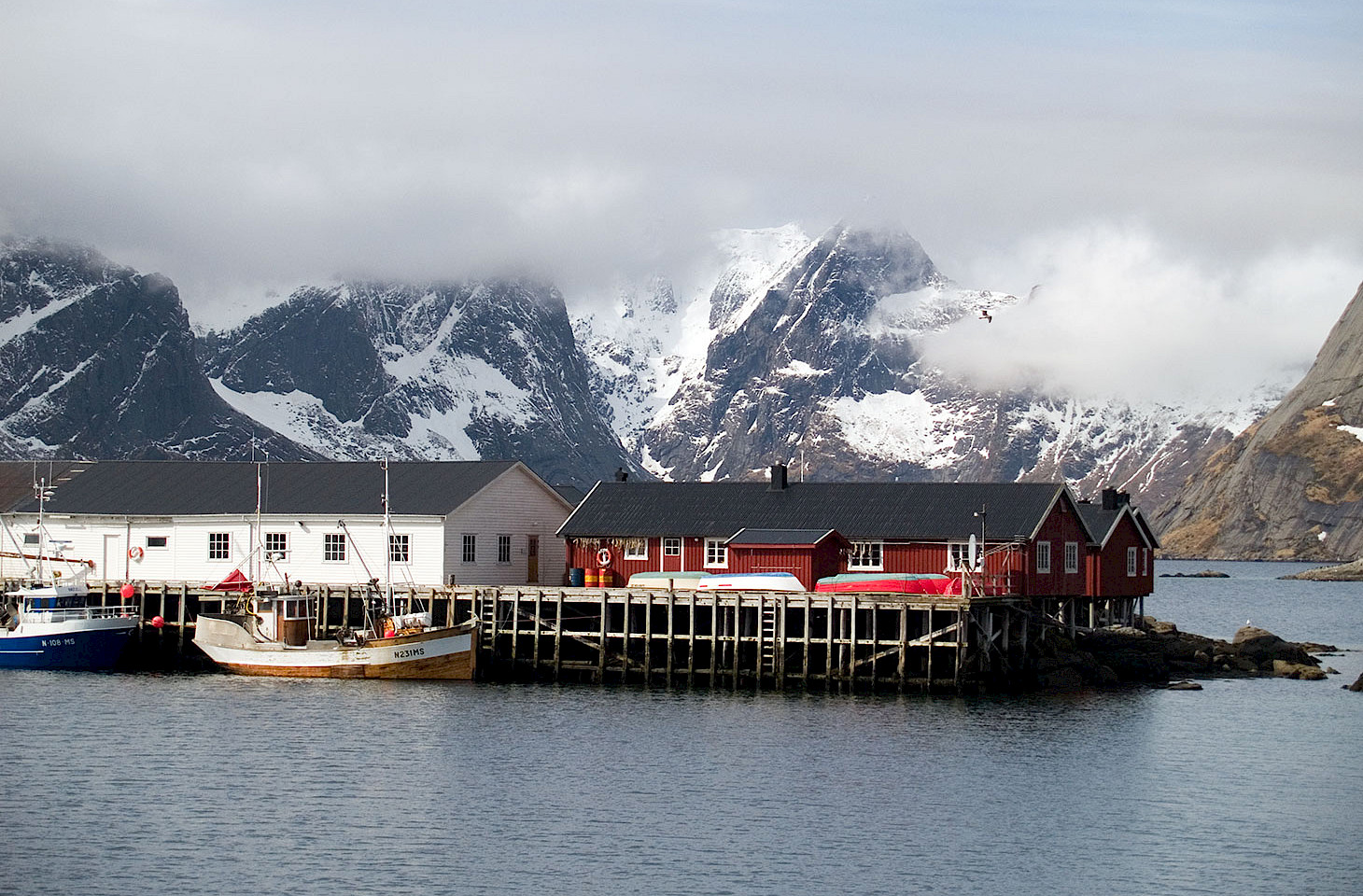Dear fellow travellers
It was unusually warm in Longyearbyen in Spitsbergen this past Sunday. The temperature peaked at minus 7 degrees Celsius, much more acceptable than the previous Sunday when the mercury did not rise above a numbing minus 27. And the jazz helped give Longyearbyen a more temperate ring last weekend as the remote Arctic community, capital of the Svalbard archipelago, celebrated its annual Polar Jazz festival. For five sunless mid-winter days, Longyearbyen echoed to the sounds of a musical genre that in its origins owes far more to New Orleans than to Scandinavia.
The multicultural Arctic
Longyearbyen is an odd sort of place. We have written about the town before in hidden europe magazine, commenting in particular on Svalbard's unusual social mix. The islands have an admirably easy-going visa regime, much more relaxed than what you might find in Norway proper which is part of the Schengen area. Svalbard lies beyond Schengen's borders, a result of the 1920 Paris Treaty which recognised Norwegian sovereignty over the islands but gave citizens of many other countries an absolute right to settle in this remote northern wilderness. So two Iranian brothers run what probably is the most northerly takeaway pizza joint on the planet. Five years ago, when the King and Queen of Norway touched down in Longyearbyen, they were entertained at a festival of Thai culture. Not quite as improbable as it sounds, for there are about seventy Thai nationals among the population of Longyearbyen. Thai products are prominently displayed in the Longyearbyen supermarket.
Move west from Longyearbyen along the shores of Isfjord and the next community is Barentsburg, home to over 400 Russians and Ukrainians. Coal is the lure, but the community at Barentsburg has been through a tough time since we reported on it for hidden europe in 2006. An underground fire in the local coal mine in 2008 - not the first - caused considerable damage and mining had to be suspended. Commercial operations only restarted last November. Russia is keen to diversify its interests in the islands. There is talk of a fish processing plant at Barentsburg. And the mining company that effectively owns the town of Barentsburg has also expressed interest in opening a brewery there.
Research in Svalbard
Last week, the Moscow government announced the establishment of a new research station on Svalbard, focusing on geophysics and hydrometeorology. We see that move as a bid by Russia to keep in the forefront of climatic change research in the strategic European Arctic region. Svalbard bristles with research centres. One of the remotest is at Hornsund, a specialist facility in the south of the archipelago that is staffed entirely by Polish scientists. Towards the northern end of Vest-Spitsbergen island is Ny-Alesund, another research-oriented community where China, Italy, Britain, Norway, Japan, Korea, Germany and the Netherlands all have a presence. The Indians are the new kids on the block, having just opened their first-ever Arctic research station in Ny-Alesund in 2008. Ny-Alesund thus possibly trumps even Longyearbyen in claiming to be one of Europe's most multicultural communities.
The annual Polar Jazz festival helps islanders get through the long winter days. But change is coming, for later this month the sun will again peek above the horizon, marking the end of the long polar night. The curiously offbeat communities of Svalbard will experience sunlight and shadows for the first time for over four months.
Nicky Gardner and Susanne Kries
(editors, hidden europe magazine)




